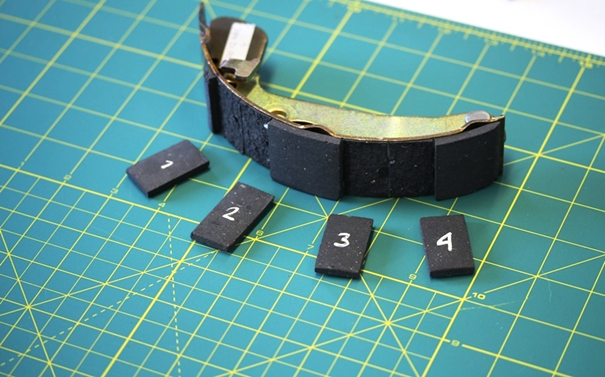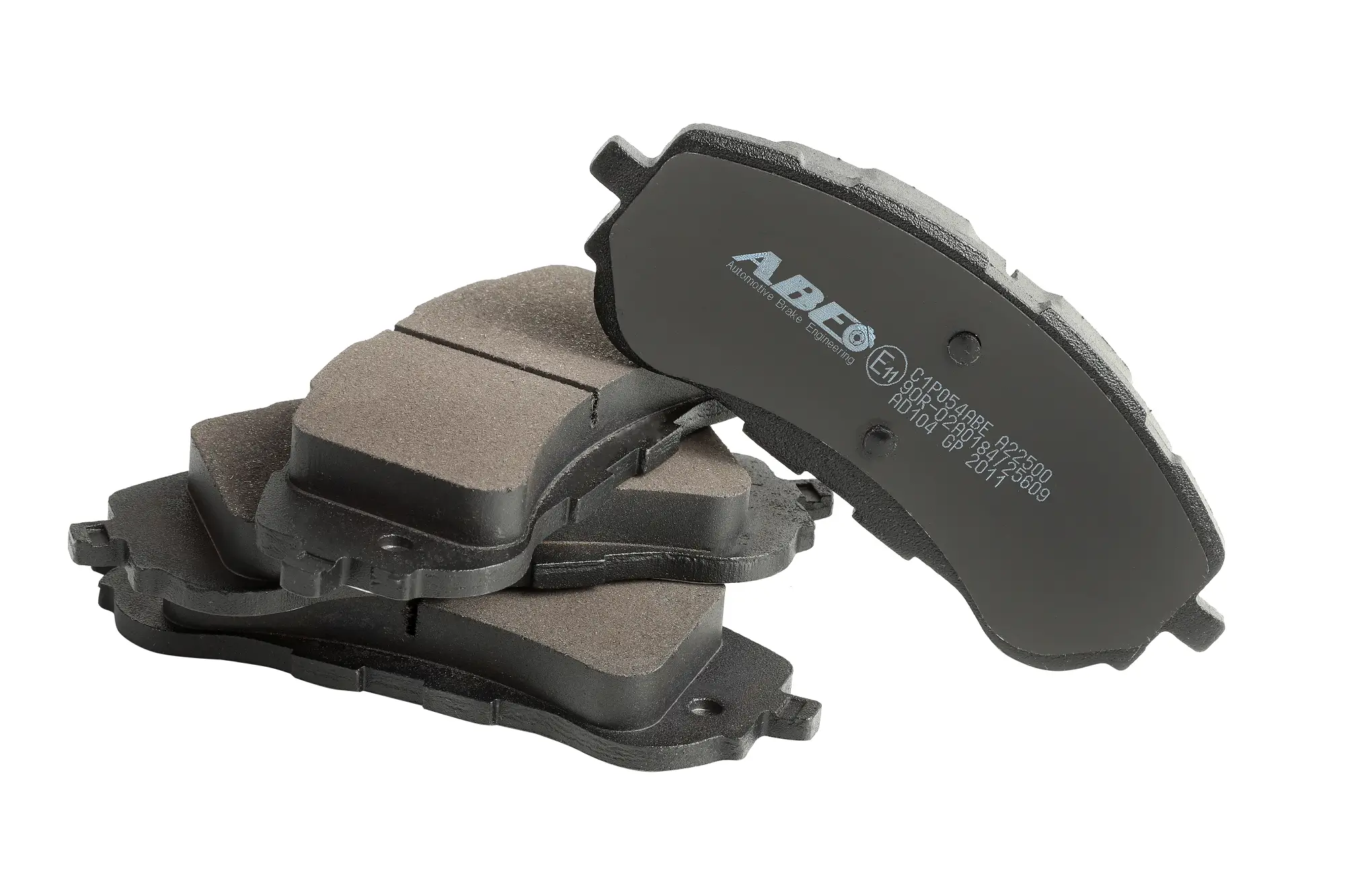We expect the braking system to be 100% effective in all weather conditions, e.g. when going downhill on a chilly morning or a sizzling hot afternoon. Therefore, it is important to choose the right components for the friction material mix intended for linings. Individual stages of the manufacturing process of the product so as to ensure adequate resistance to wear while maintaining stable adhesion parameters (friction coefficient) are equally important. Therefore, both the components and the manufacturing process are kept strictly confidential and the manufacturers spend a lot of time and money on laboratory tests. The same is true about ABE products, which comply with all regulations, even the strictest ones.
ECE R90 requirements
Due to the requirements of the ECE R90 standard, brake performance tests (including cold, high temperature, fading and cooling intervals) are carried out before ABE products are launched on the market. The purpose of these tests is to check the performance characteristics during even very intensive use. When linings heat up, the friction coefficient tends to decrease due to the release of gases from the friction material. The results of the tested friction linings are expected not to deviate from those for the original parts by more than 15%.
As part of the ECE R90 requirements, the shear resistance of the linings and the pressure resistance are also checked. This prevents the risk of the friction lining “peeling off” or chipping during braking. For example, brake linings should be resistant to shearing forces (min. 1.4 N/cm2). The quality of the bonding process between the lining and the metal plate in the production process is decisive in this case.

Bench braking tests – Krauss tests
In order to gain more information about the linings used and to compare the quality of individual friction materials, stationary tests of the effectiveness of the braking forces, the so-called Kraus tests, are carried out. This allows to introduce an additional load, increase the test frequency, and the temperature of the braking system. This accelerates the wear process of the linings while testing how they will behave in critical conditions. The measuring system measures the friction coefficient depending on the number of brake applications and the temperature of the linings.
Due to the stationary nature of the test method, we can not only measure the friction coefficient of the linings, but also examine the degree of their wear and – last but not least – check the noise level of the brakes. ABE products undergo all these tests. This way mechanics install top-quality parts and drivers can safely drive and operate their vehicle.


